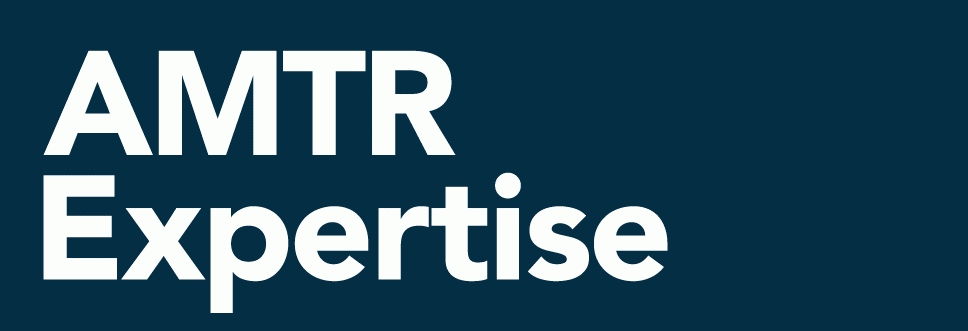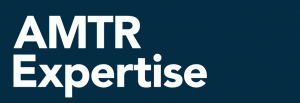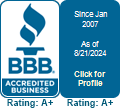This month, the Surface Transportation Board (STB) will be considering a petition filed by the National Industrial Transportation League (NITL) seeking revised reciprocal switching rules. This issue is most important to captive shippers that, because of location, do not have access to multiple railroads, and thus cannot enjoy the benefits of market competition. If the petition wins STB approval, it will allow captive shippers a competitive choice when shipping rail freight. However, no matter which way the issue is decided, the proper application of switching charges is usually difficult to ascertain.
As the end of the year quickly approaches, many national and regional LTL carriers are announcing yearly general rate increases. Among these carriers are UPS Freight and FedEx Freight, who have each announced 4.9% net increases to go into effect December 26, 2016 and January 2, 2017, respectively. FedEx will also be adjusting their fuel surcharge schedule in February. ABF announced a 5.25% increase and YRC announced a 4.9% increase, which have both already gone into effect over the past several weeks. As the year wraps up, shippers can expect to see similar increases from other carriers for their general rates and possibly other charges such as fuel or accessorials.
As cooler weather approaches, shippers of temperature-sensitive products will have to decide which commodities will need to be protected, how to get it accomplished and when. Most trucking companies offer services designed to keep materials from freezing by utilizing warm rooms, sheltered areas, heated trailers and insulating materials. However, ensuring that the shipment qualifies for the service, that the request was made in the accepted manner and that it has been billed properly can all be tricky.
Carriers typically offer freeze protect service beginning in October and ending in April. They may disqualify certain shipments from eligibility or will have very specific guidelines on how the service must be requested in order to qualify for the protection. However, do not assume that because it has been specifically requested on the bill of lading, that the service is being performed. If the service is not requested as per the carrier’s guidelines, protection services may not be performed and shippers could face unintentional consequences when a product does freeze and a filed claim is denied. Don’t be left out in the cold—let AMTR’s ‘Smart’ auditors review your freight invoices.
At AMTR, we have seen dozens of examples of how these departments sometimes cause inconsistencies with invoicing. In order to operate efficiently, there must be established rules about car contingency and power, routing protocols, track capacity, railhead points and more. However, marketing will negotiate private rates or publish tariff rates based on such aspects as commodity, location, volume or supply and demand.
Sometimes two or more railroads will establish a separate set of protocols in an attempt to operate more efficiently between their lines. Some examples of this will be agreements on handling traffic to and from congested railheads that are jointly served, or agreeing to connect at a city other than a major gateway for ease in transit. Many of these agreements are not known to the public, but are programmed into the algorithms and rate engines of the carriers without being made known to rate makers. Generic rules are published to handle some of these topics, but occasionally rates are contracted or published without taking operational issues into consideration.
At AMTR, we bring these types of scenarios to the client’s attention to discuss the intent of their agreements with the carrier. In some circumstances we will even contact the railroad to discuss the reasoning behind some published lanes, or exclusion of lanes. Combining these two entities is an important factor we use while reviewing freight invoices to ensure that loads operate at maximum efficiency, while paying or collecting the most reasonable rate.
Although the word “noise” may first bring to mind the idea of train whistles or truck horns, at AMTR we think about it differently. In a recent Harvard Business Review article, authors Daniel Kahneman, et al. described noise as “the chance variability of judgments.” Humans are often unreliable decision-makers influenced by unrecognized factors such as mood, hunger, work conditions and even temperature. Unfortunately in business, noise can be costly to the bottom line.
When decision-making situations are black and white, noise can be reduced by turning to algorithms, but gray decision-making domains such as algorithmic solutions only exacerbate the negative impact to the bottom line. In the realm of freight cost auditing, AMTR acknowledges there is a role for “un-noisy” rate engine algorithms; however, our 30+ years of experience has proven a human expert, knowledge-based approach leads to far greater audit results and freight overcharge returns.
Rate engine algorithms can only address the most basic, codifiable and repeatable freight scenarios, where human auditors are free to explore unlimited variations, situations and combinations. Given our human-centered approach, we still work diligently to decrease judgmental noise by employing Smart Auditing® processes that promote discipline, consistency and standardization across our auditors and audits. Contact us to learn more about how AMTR turns down the noise and can up the volume on your audits today!










